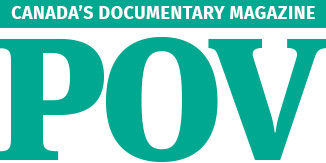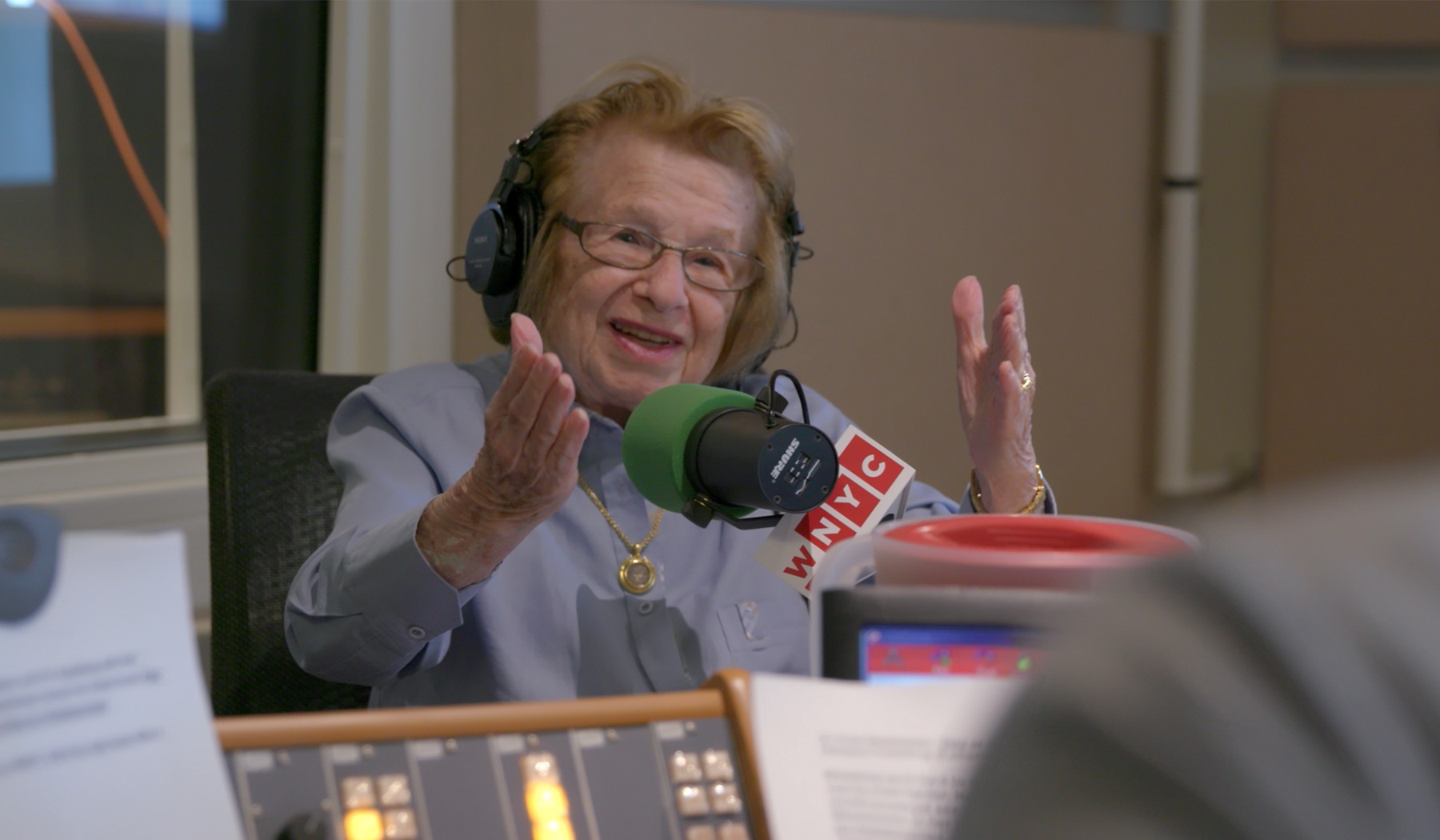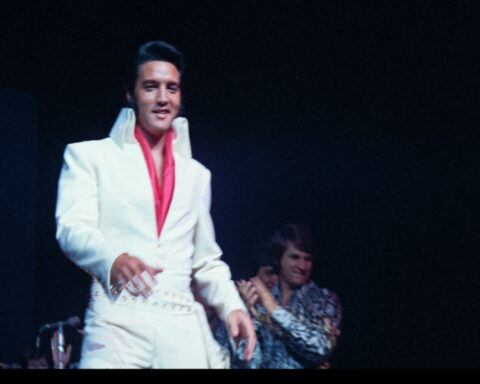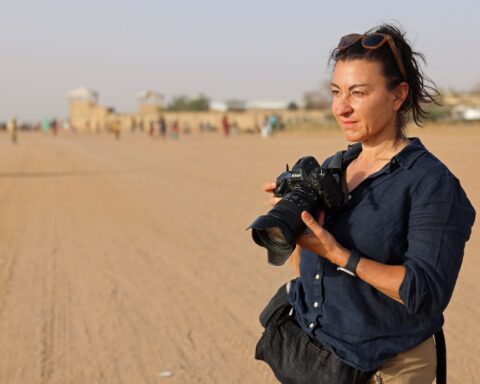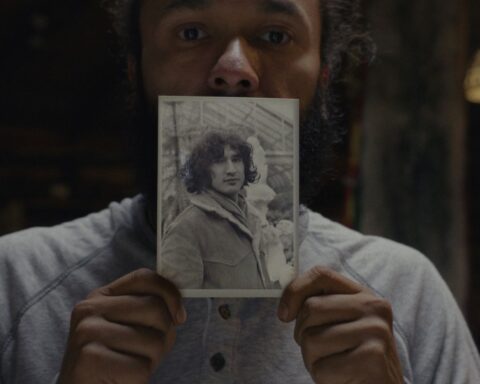“I didn’t know I would be Dr. Ruth Westheimer and I didn’t know I would meet a famous filmmaker and that we would get a nomination!” laughs Dr. Ruth, speaking to media recently at Hot Docs.
“We don’t have it yet,” jokes Dr. Ruth with Oscars in her eyes, “but I have six people here who have influence, so I have to say it.” The 90-year-old sexpert was in town to promote her new documentary Ask Dr. Ruth, directed by Ryan White (The Case Against 8, Good Ol’ Freda) where the film finished in fourth place in Hot Docs’ Audience Award rankings.
Dr. Ruth, born Karola Ruth Siegel, is almost destined to be the Ruth Bader Ginsburg of the summer and, she hopes, awards season. One year after Supreme Court Justice Ginsburg became an unlikely box office champ and scored an Oscar nomination with RBG, Dr. Ruth is ready to take her place as the reigning queen of documentary. Ask Dr. Ruth is easily this year’s RBG with its easygoing portrait of a woman who broke barriers and remains young at heart while inspiring audiences across generations.
Ask Dr. Ruth sees the world’s funniest and shortest sexpert reflect openly and candidly about her remarkable life and career. Featuring a mix of verité-footage, interviews, archival elements, and animation, the fun and invigorating film shows that Westheimer is still going strong and moving at a pace that might have the Notorious RBG gasping for breath—there’s literally nothing stopping Dr. Ruth as White can barely get a word in throughout the half-hour conversation with Toronto media.
The film shows how Dr. Ruth’s gift for gab makes her an icon and White’s attention to Westheimer’s childhood helps define her outgoing personality. Ask Dr. Ruth pays particularly close to Westheimer’s separation from her parents when they were transported to labour camps during the Holocaust and she went to neutral Switzerland to stay at a residence that became an orphanage for German-Jewish girls. Like a good therapy session, the film gets to the heart of Dr. Ruth’s story to understand her, but Westheimer still speaks of her childhood guilt that she might have been able to save her parents had she stayed in Germany.
“If I had stayed, I wouldn’t be alive,” says Dr. Ruth. “Not only that, if I had been on the Kindertransport to Holland, Belgium or France, I would not be alive. After the conference in Evian in 1938, just six months before the outbreak of the war, England took 2000 Jewish children; Holland, Belgium, France, and Switzerland: 300 each.”
The element of luck isn’t lost on Westheimer, nor is the fact that the girls’ separation from their parents offered her first step towards becoming Dr. Ruth. “When I went to the orphanage in Switzerland, I was the one to teach the other girls about menstruation,” says Dr. Ruth. The film show how the young Ruth discovered a copy of Theodoor Van De Velde’s 1928 book Ideal Marriage, which taught her all about the birds and the bees.
Dr. Ruth credits the book for shaping her journey and for teaching her to be informative and frank while talking about sex and sexuality on radio, on television, and in print. “On radio, there were seven words that you were not supposed to say,” says Dr. Ruth. (See the film to find out what they are!) “I will not do a program if I can’t talk the way it ought to be taught. If I cannot say ‘orgasm’ or ‘erection,’ then I can’t talk about issues of sexuality so that everybody who listens understands.”
The good doctor adds that using the proper biological/anatomical terms, rather than saying, “make whoopee” or “private parts”, helps move beyond bashfulness and taboo. “I didn’t say it to titillate,” adds Dr. Ruth. “I said it in order to make my point and I think that’s why I was so successful. I was very well trained, I was already an older woman, and I didn’t sit on television with a short skirt.” White’s film demonstrates how Dr. Ruth adapted to the changes in the media landscape by taking ownership of her matronly appearance and petite 4-foot-7 stature to use the element of the unexpected as part of her arsenal. (A joke about “size” is inevitable, as indicated by virtually all the promotional materials.)
White nudges into the conversation as Dr. Ruth talks about technology to highlight one element he discovered once the film was complete. “A big part of Dr. Ruth’s success in 1981-82 was because the Walkman was being developed during those years,” observes White. “It allowed people to listen to [her show] privately and secretly, whereas before, they had to play it through speakers. I wish I had gotten to include that in the film.
“It’s totally obsolete now,” says White turning to Dr. Ruth, “but in some ways, you owe Walkman for your career.”
Dr. Ruth acknowledges the Walkman’s contribution to her success, but adds that changes to the ways people interact with technology have different consequences. “For me, the Walkman was fantastic because the parents did not know,” says Dr. Ruth, noting how teenagers tuned in Sunday nights for advice that parents weren’t always eager to provide. “In today’s world, people don’t watch anything together anymore.” Dr. Ruth acknowledges its pros and cons of technology human behaviour, as it can help educate, but also isolate.
When asked about her advice for young people, Dr. Ruth says that growth is all about one’s relationship with mentors. “You don’t have to like your mentor,” she says. “You don’t have to become best friends. You just have to take what they can teach you in order to be a professional.” The film draws upon Dr. Ruth’s experience as a protégé of sex therapist Helen Singer Kaplan, who mentored her for seven years. “That helped me have the assurance that what I say is correct and to never be embarrassed to say, ‘I don’t know,’” observes Dr. Ruth, noting how she wasn’t afraid to tell listeners that she didn’t have an answer to their questions, but would do research so they could follow up.
For a woman whose work demands openness, making a documentary obviously entails affording a filmmaker considerable access to her life. However, Dr. Ruth admits that one thing was off limits to White: her bedroom. Audiences don’t get to see where the magic happens because Dr. Ruth is an unabashed pack rat.
“Do you remember how I said in the film, ‘Ryan, you cannot go into the bedroom’?” asks Dr. Ruth. “Before any reporters come, my housekeeper, Skurte, takes my tablecloth with all the clutter and she puts it on my bed.” Dr. Ruth admits that her late husband’s bed is now reserved for clutter, at least three tablecloths’ worth of clutter as of Hot Docs.
For White, however, a subject who would make Marie Kondo shriek with horror inspires a documentary filmmaker squeal with delight. “She jokes about being a pack rat and cluttered, but I can’t believe how lucky was that she kept so much,” observes White. “The fact that I had those diaries and her parents’ letters was incredible—I could have her real voice from the ages of 10 ’til 24. They allowed me to access that part of her life without having to sit her down in front of a camera over and over and over and say, ‘Tell me the story. Tell me about your first boyfriend. Tell me about loneliness.’”
White adds that the wealth of Dr. Ruth’s archive laid the groundwork for the beautiful animated sequences that interpret her childhood through her letters and diaries. “I could find real memories and then select those memories because I was going to animate them,” says White.
Although Dr. Ruth admits she was skeptical about the animation, she feels it captures her story beautifully in the end. “I was worried that it was going to make me a caricature like Pinocchio or Mickey Mouse,” says Dr. Ruth, “but it gives me a wonderful way of saying, graphically, how you can represent loneliness. I also think that’s the first time that my mother and my grandmother hugged.”
Maybe it’s time for Dr. Ruth to start decluttering her mantel. Although few rewards are greater than a life of such inspiration.
Ask Dr. Ruth opens in Toronto on May 17.
